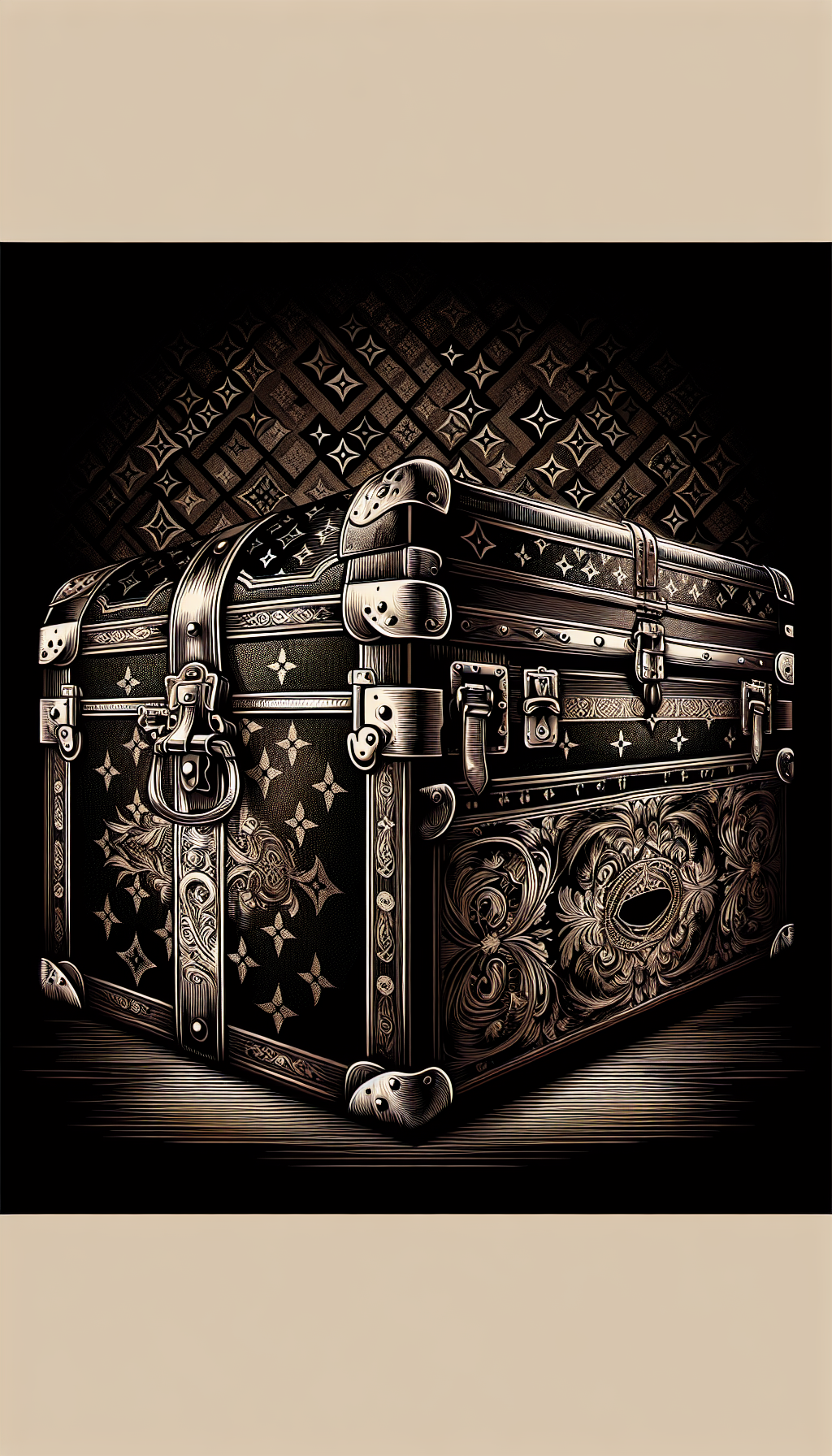1916 Babe Ruth Baseball Card From The M101-4 Or M101-5 Series
The 1916 Babe Ruth card from the M101-4 and M101-5 sets is one of the most studied and pursued artifacts in sports collecting. Often described as Ruth’s mainstream rookie, it captures him as a young left-handed pitcher for Boston before his transformation into the sport’s most famous slugger. For antiques and art appraisal enthusiasts, this card offers a compact case study in early 20th-century printing, distribution through advertising partners, and the interplay between condition, scarcity, and cultural iconography.
Below is a practical, appraisal-focused guide to understanding, identifying, and valuing the 1916 M101 Babe Ruth.
Why This Card Matters
- Cultural significance: Babe Ruth’s legacy bridges the Deadball Era and the rise of the home run as a primary offensive weapon. Collectors consider this 1916 issue the most attainable “rookie-period” card with national distribution, compared to the extraordinarily rare 1914 Baltimore News regional issue.
- Transitional portrait: The photo shows Ruth as a pitcher in a Boston uniform, left arm in motion, with a straightforward studio-style halftone image. It represents an early and pivotal chapter of his career.
- Broad but controlled distribution: Produced by Felix Mendelsohn in 1916, the M101-4 and M101-5 checklists were used by various businesses as premiums. The same fronts appear with multiple backs—some blank, some with advertisements—creating a nuanced landscape of scarcity.
Appraisal takeaway: The card’s status as a foundational “mainstream” Ruth rookie, combined with its thin stock and numerous back variations, creates strong demand across condition levels and an active market for authentic examples.
Anatomy of the 1916 M101 Ruth: How to Identify an Authentic Example
Front design and image
- Photo: Black-and-white halftone image of Ruth delivering a pitch, left arm extended; simple studio backdrop without elaborate stadium detail.
- Caption: Typeset player line at the lower front identifies “Babe Ruth,” position (P), and “Boston Red Sox” (or a contemporaneous abbreviation). The fonts are period-appropriate and consistent with other subjects in the M101 run.
- Borders: White borders around the image; centering is frequently imperfect.
Size and stock
- Dimensions: Approximately 1-5/8 x 3 inches (about 41 x 76 mm). Minor factory variances of a millimeter or two are possible, but significantly off-size cards warrant caution.
- Paper: Thin, relatively rigid card stock for the era; age-toned to off-white/cream. Under UV light, authentic stock should not fluoresce bright white; modern paper with optical brighteners typically will.
Backs and ink
- Ink: Monochrome black ink only (no color). Ads, if present, are crisp, typeset, and era-correct.
- Finish: Matte, not glossy. Avoid cards with suspicious sheen, heavy surface coatings, or dot-gain inconsistent with period halftone printing.
Wear patterns consistent with age
- Corners: Natural rounding, micro-chipping, or honest fray is common. Uniformly sharp corners with bright, modern paper tone can be a red flag.
- Edges: Slight roughness is typical; razor-clean edges may suggest trimming, especially if dimensions are off.
- Surface: Light soiling, minor handling marks, and gentle toning are common. Heavy bleaching or a washed appearance indicates potential tampering.
Quick authenticity pointers
- The halftone screen should show period dot patterns under 10x–30x magnification, not modern digital screening.
- Front caption alignment should match known period typesetting—no modern fonts, no mis-styled quotation marks, and no fuzzy, inkjet-like edges.
- Measurements should be taken with calipers. Record both imperial and metric.
M101-4 vs. M101-5, Advertising Backs, and Scarcity Nuances
Two closely related sets
- M101-5 was issued first in 1916, followed by M101-4. The two checklists are similar but not identical across the full run; card numbers of certain players differ between sets.
- For Ruth, the card number is commonly listed as #151 in both M101-4 and M101-5, using the same image of him pitching for Boston.
Advertising backs
- Distribution model: Felix Mendelsohn supplied cards to periodicals and retailers who could print their advertising on the backs or distribute them blank.
- Known back types include blank backs and ads for publications or department stores. “The Sporting News” back and blank backs are among the most frequently encountered.
- Scarcer advertisers (such as Herpolsheimer’s) are significantly rarer and command premiums when paired with Ruth. Other department store ads—like Gimbels and Famous & Barr—are notable and can be encountered with some difficulty.
- Ink consistency: All advertising backs used black ink; layout is period typesetting without modern logos, barcodes, or multicolor plates.
Identifying which set you have
- In practice, the Ruth image and number alone won’t always distinguish M101-4 from M101-5. Appraisers often compare the checklist position of other players in the same group or consult set-specific references to attribute the exact series. When in doubt, note the back advertiser, card layout, and consult recognized set guides.
Appraisal takeaway: Any authentic 1916 Ruth with a legitimate advertising back is important, but relative scarcity of certain backs can move the needle substantially. When two examples have similar condition, the rarer back usually wins on value.
Condition, Grading, and Value Drivers
Primary condition factors
- Corners and edges: Even minor corner rounding is common and acceptable. Severe fraying or tears reduce grade significantly.
- Centering: Left-right centering issues are frequent; eye appeal can be strong despite technical off-centering.
- Surface integrity: Avoid examples with creases through the image, surface paper loss, or heavy staining. Small, unobtrusive wrinkles may be tolerable to many collectors if the overall presentation is strong.
- Back quality: Ad legibility matters. Heavy album glue or paper loss on the back can diminish premiums for rarer advertisers.
Alterations and what to watch for
- Trimming: Ultra-clean edges, slightly undersized dimensions, and loss of natural edge “fuzz” suggest trimming. Compare to known dimensions and use a loupe to inspect cut characteristics.
- Pressing/ironing: Flattened fibers and unnatural planar “crispness” can indicate pressing. Look for depressed gloss or waviness that seems “too perfect.”
- Bleaching/cleaning: Over-whitened stock or washed-out ink is a red flag. Under UV, modern chemicals may fluoresce.
Third-party grading
- PSA, SGC, and BGS are the most commonly encountered grading firms for this issue. Encapsulation with a recognized service helps with market acceptance and insurance.
- Qualified grades: Miscut (MC), marked (MK), or altered (A) qualifiers can appear. For high-end appraisals, unqualified numeric grades are preferred, though exceptional eye appeal can sometimes offset a technical deduction.
Value drivers beyond technical grade
- Eye appeal: Strong photo contrast, centering, and uniform toning can elevate market price beyond the numerical grade.
- Back scarcity: Premiums can be significant for scarce advertiser backs in any grade.
- Provenance: Documented, long-term provenance (e.g., a family collection, discovery in a period scrapbook) may enhance liquidity and buyer confidence.
Market reality
- High-grade examples can command multi-million-dollar prices; mid-grade and lower-grade authentic examples routinely reach strong six and seven figures depending on back and eye appeal.
- Across both sets, the population remains small relative to demand. Fresh-to-market examples with clear provenance generate heightened interest.
Appraisal Approach: Documentation, Provenance, and Insurance
Document the object
- Measurements: Record dimensions in inches and millimeters, to one decimal place.
- Photography: Capture high-resolution, color-accurate images of both sides, including close-ups of corners, edges, and caption text. Shoot under diffuse lighting to avoid glare.
- Paper analysis: Note tone, fiber, and any fluorescence under UV. Document any stains, writing, album residue, or tears.
Provenance and comparables
- Provenance: Gather any corroborating material—period albums, letters, store envelopes, or family histories—that link the card to an early source.
- Comparables: For insurance and appraisal, identify recent sales of the same card in comparable grade and with the same back type. Note sale dates, auction venue, and whether the lot was graded.
Insurance and care
- Insure at agreed value, updated periodically to reflect market changes.
- Store in a semi-rigid or rigid holder with an inert sleeve; consider Mylar or polyester. Maintain a stable environment: roughly 35–50% RH, 65–70°F, and low UV light.
- Avoid adhesive mounts and do not attempt cleaning, pressing, or erasure.
Red flags requiring specialist review
- Off-size examples with bright white stock
- Inconsistent halftone pattern or digital-like dot structure
- Suspicious surface gloss or edge uniformity
- Back advertising that appears inkjet-printed or misaligned
Market Observations and Risk Management
Market patterns
- Demand breadth: Interest extends well beyond sports specialists; fine art and Americana collectors pursue it as an artifact of cultural history.
- Cross-market comparables: It competes for capital alongside icons like the T206 Wagner and Ruth’s 1914 Baltimore News. The 1916 M101 issue benefits from broader availability but remains far from common, especially in higher grades or with scarce backs.
- Cyclicality: High-end sports collectibles can exhibit cyclical price behavior. Significant events—record sales, notable consignment waves, or macroeconomic shifts—can influence short-term valuations.
Risk management tips
- Prefer graded examples for six-figure-and-higher transactions. If raw, build in authentication time and contingencies.
- Verify the label and certification directly with the grading service. Document slab condition and label details.
- When appraising, be precise in describing the back type; this is often the most overlooked value driver after condition.
Practical Checklist: Evaluating a 1916 M101 Babe Ruth
- Measure: Confirm approx. 1-5/8 x 3 inches (≈41 x 76 mm) with calipers.
- Inspect paper: Off-white, era paper; no bright fluorescence under UV.
- Study halftone: Period dot screen under magnification; no inkjet patterns.
- Confirm caption: Period typeset line with correct name/position/team; cleanly printed, not fuzzy.
- Check edges/corners: Natural, age-appropriate wear; beware uniform razor edges or undersize dimensions.
- Identify back: Blank or advertiser (e.g., The Sporting News; others can be scarce). Ink should be black, crisp, and period-consistent.
- Look for alterations: Trimming, pressing, bleaching, recoloring, or added gloss.
- Document: Photograph front/back and details; note condition issues and provenance.
- Compare: Locate recent sales of the same back and similar grade for valuation.
- Consider grading: Submit to PSA/SGC/BGS for market acceptance and insurance purposes.
FAQ
Q: Is the 1916 M101 Babe Ruth considered his true rookie card? A: It is widely regarded as Ruth’s mainstream rookie, given national distribution and contemporary recognition. The 1914 Baltimore News Ruth predates it but is a regional and far rarer issue.
Q: How do M101-4 and M101-5 differ for the Ruth card? A: The Ruth image and card number (#151) are commonly the same across both sets. Differences mainly involve the larger checklist and timing—M101-5 appeared first, with M101-4 following. For precise attribution, specialists compare broader checklist details and period references.
Q: Which advertising backs are most valuable? A: “The Sporting News” and blank backs are more commonly seen. Department store advertisers such as Gimbels and Famous & Barr are scarcer, and backs like Herpolsheimer’s are especially tough. Rarity of the back can significantly influence value.
Q: What are the most common signs of a fake or altered Ruth? A: Bright white, glossy stock; incorrect dimensions; digitally screened images; modern fonts; inkjet-like backs; or unnaturally sharp edges. Alterations include trimming, pressing, and bleaching. Use magnification and UV light to evaluate.
Q: Should I have a raw example graded before selling or insuring? A: Yes. Third-party grading by PSA, SGC, or BGS enhances authentication confidence, liquidity, and insurability. Include high-quality documentation and provenance with your submission.
By focusing on authentic materials, period printing cues, and back-type scarcity, appraisers can approach the 1916 M101 Babe Ruth with confidence. Whether encountered raw in a family album or in a high-grade holder, it remains a cornerstone of early American sports ephemera—and one of the most compelling case studies in collectible valuation.



